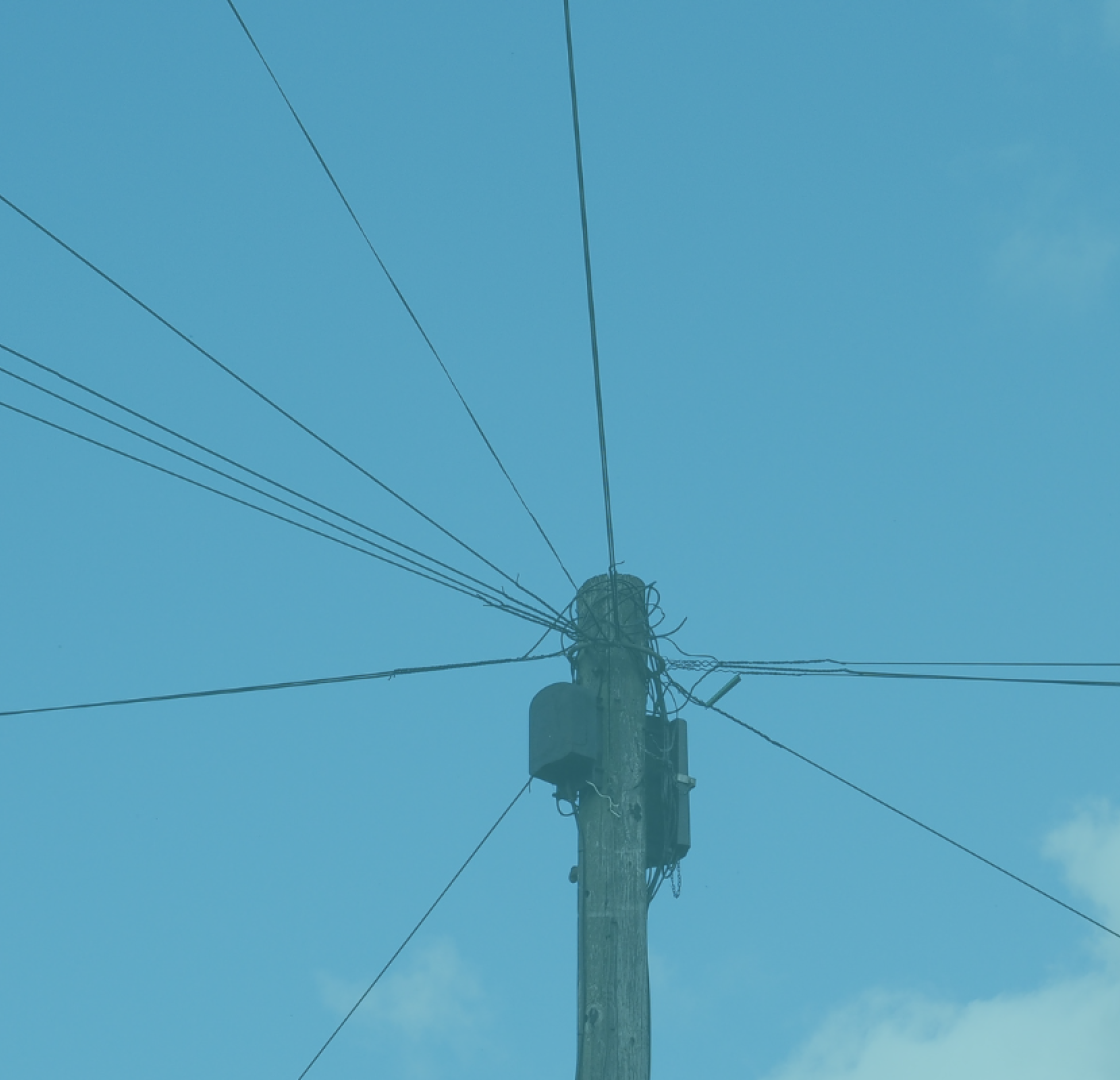The planned shutdown of the old copper wire phone network has raised concerns about emergency access during power outages, particularly with the move to a digital-only system that will rely on broadband. The current copper-based system supports emergency calls during power cuts since corded landline phones are powered through the copper wire, not requiring electricity from the home. The shift to a digital system, however, means that these phones will require power at the user’s end, which could prevent calls to 999 during outages.
The Push for Better Battery Back-Up Solutions
In response to these concerns, telecoms minister Sir Chris Bryant recently urged broadband providers and regulator Ofcom to ensure better battery back-ups are available. He’s called for “best-in-class” battery solutions that can provide up to eight hours of power during outages. This extended back-up period is essential as the deadline for the old system’s shutdown approaches, now delayed to 2027 to allow more time for preparation.
Challenges for the Switchover
The switch faces two main issues, particularly affecting older and vulnerable people who rely on telecare devices, like fall alarms, that operate on traditional landlines. While these devices can be upgraded to digital alternatives, this may come at a considerable cost. Additionally, for many rural communities and those with weak mobile phone signals, the copper network’s reliability during outages provided a crucial link to emergency services.
Is Eight Hours Enough?
Bryant’s call for an eight-hour battery back-up may cover most short-term outages, but past winter storms have shown that extended blackouts can last far longer. For instance, during Storm Arwen in 2021 and Storm Eunice in 2022, some areas experienced over 24 hours without power, and even mobile phone networks failed as masts went offline.
What’s Next?
As the switchover looms, a reliable battery solution is crucial for both vulnerable populations and those in rural areas to ensure emergency services remain accessible during power cuts. Given the limitations of current mobile infrastructure, broadband providers may need to consider even longer-lasting back-ups, or alternative solutions, to meet the needs of those most affected.
